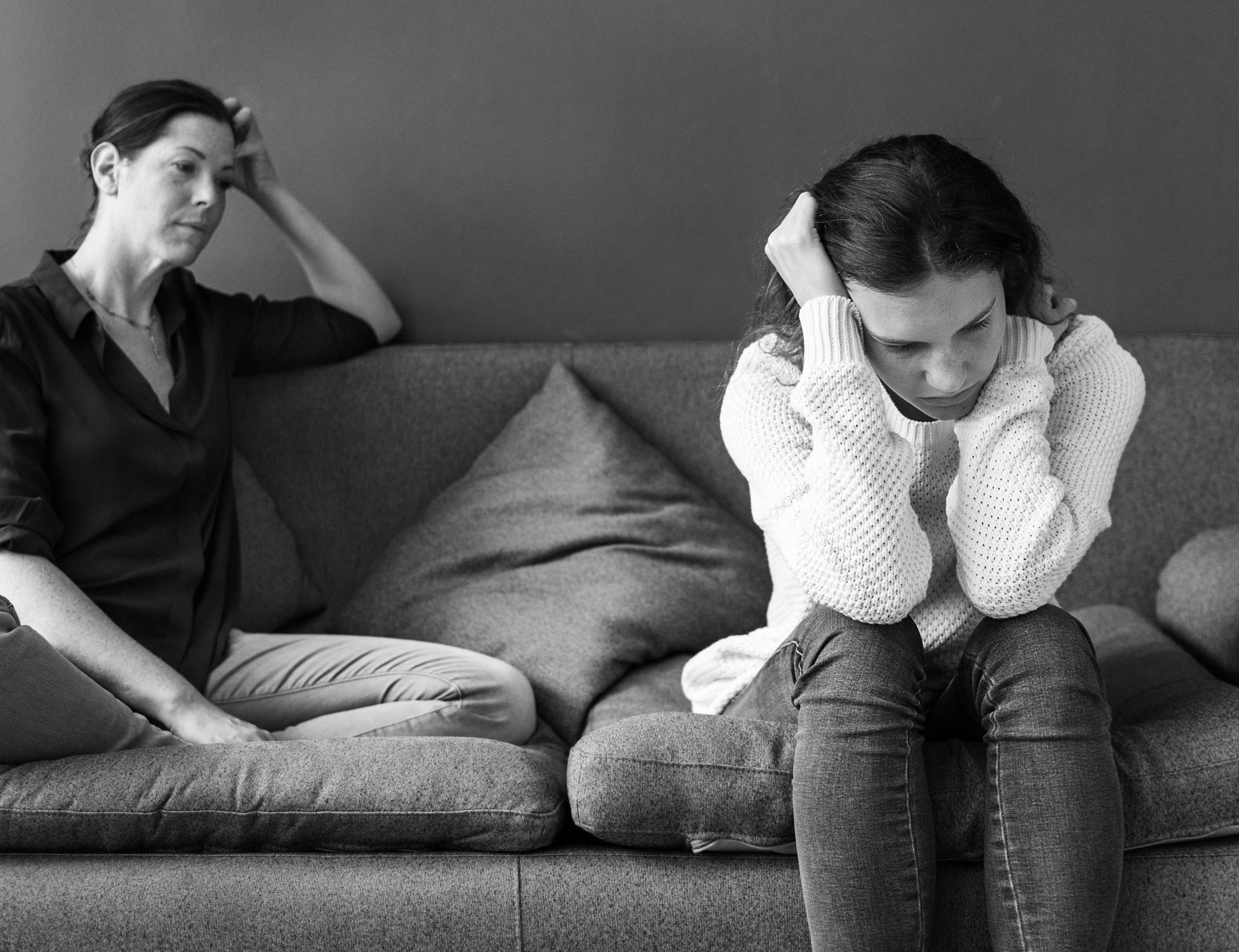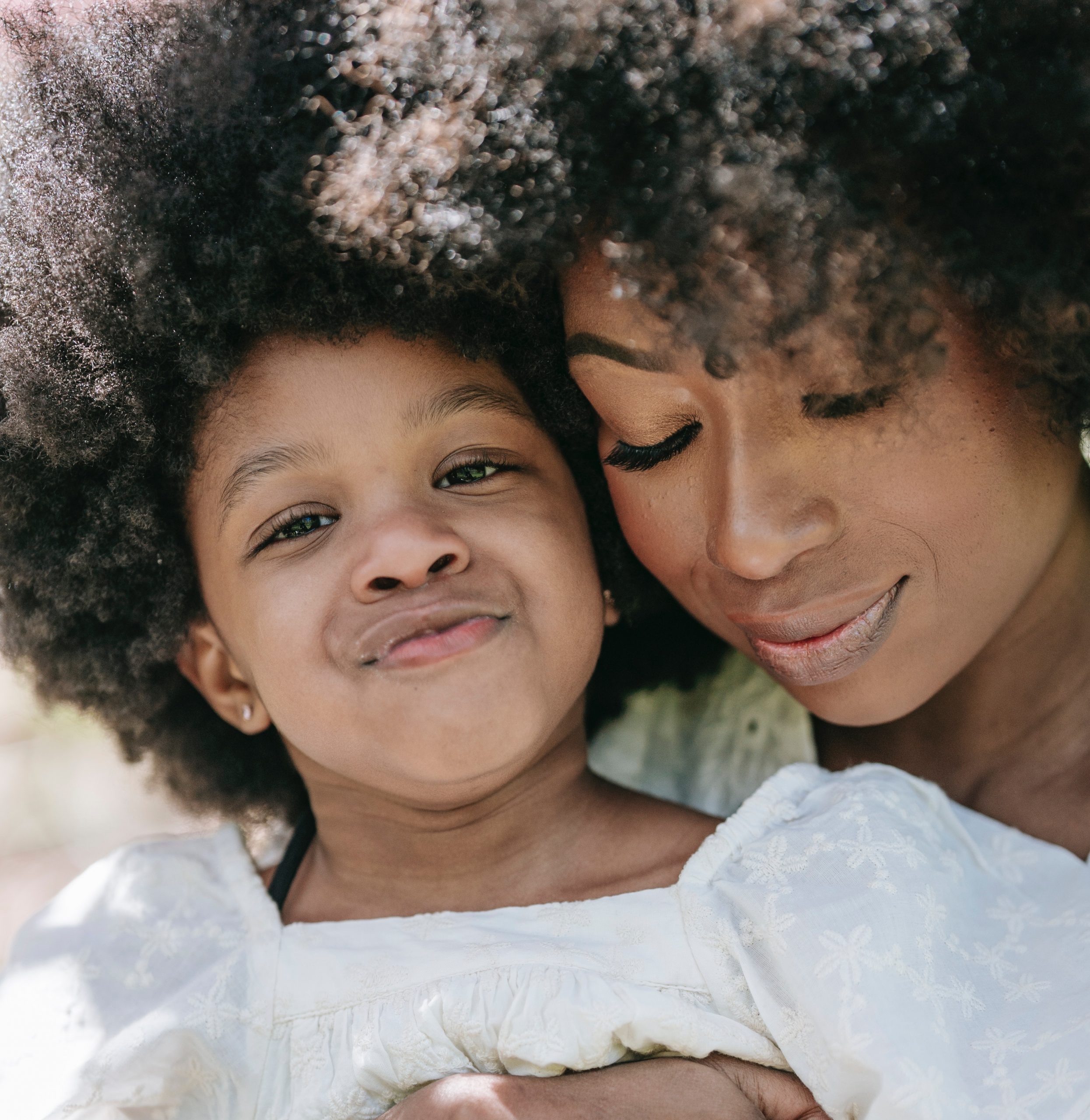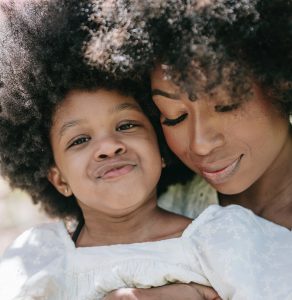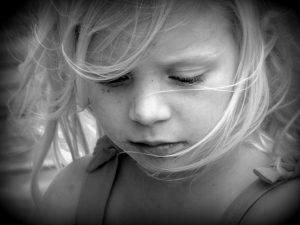Talking To Adolescents and Teens About Mental Health
 The first step in starting a conversation is to choose a good time. It’s really important to make space to be together without an agenda or pressure. Conversation tends to flow best when it naturally occurs. Read more ›
The first step in starting a conversation is to choose a good time. It’s really important to make space to be together without an agenda or pressure. Conversation tends to flow best when it naturally occurs. Read more ›


 As Snapchat and Instagram draw criticism for safety and mental health concerns, some young people are opting for a different way to keep in touch. Photo “widgets” LiveIn and Locket are grabbing attention for their fuss-free photo sharing — just snap a photo and it pops up in a tiny window on your friend’s home screen.
As Snapchat and Instagram draw criticism for safety and mental health concerns, some young people are opting for a different way to keep in touch. Photo “widgets” LiveIn and Locket are grabbing attention for their fuss-free photo sharing — just snap a photo and it pops up in a tiny window on your friend’s home screen. 
 For
For 
 Regulating our emotions is at the heart of our ability to parent the way we’d like. It’s just so easy to get hijacked by our emotions and find ourselves already ten steps down the low road.
Regulating our emotions is at the heart of our ability to parent the way we’d like. It’s just so easy to get hijacked by our emotions and find ourselves already ten steps down the low road. 
 In any moment as parents, we can choose to react or let it go. Putting space between you and your reaction allows you to respond with kindness—both to your children, and to other parents.
In any moment as parents, we can choose to react or let it go. Putting space between you and your reaction allows you to respond with kindness—both to your children, and to other parents. 
 For parents, being self-aware is key for connecting to their kids. When parents aren’t self-aware, they might get caught up in their own emotions instead of being present with their children. They also might not recognize that they’re unconsciously repeating the patterns of their own childhoods in their parenting today.
For parents, being self-aware is key for connecting to their kids. When parents aren’t self-aware, they might get caught up in their own emotions instead of being present with their children. They also might not recognize that they’re unconsciously repeating the patterns of their own childhoods in their parenting today. 
 In 2018,
In 2018, 
 Mental health is an important part of overall health for children as well as adults. For many adults who have mental disorders, symptoms were present—but often not recognized or addressed—in childhood and adolescence. For a young person with symptoms of a mental disorder, the earlier treatment is started, the more effective it can be. Early treatment can help prevent more severe, lasting problems as a child grows up.
Mental health is an important part of overall health for children as well as adults. For many adults who have mental disorders, symptoms were present—but often not recognized or addressed—in childhood and adolescence. For a young person with symptoms of a mental disorder, the earlier treatment is started, the more effective it can be. Early treatment can help prevent more severe, lasting problems as a child grows up. 
 Does your child seem unusually sad, irritable or quiet lately? Such changes in mood could be due to a temporary stress in life. But how do you know if it’s something more?
Does your child seem unusually sad, irritable or quiet lately? Such changes in mood could be due to a temporary stress in life. But how do you know if it’s something more? 
 Americans are emerging from the pandemic more stressed out and reactive than ever. For example, in a typical year, the United States sees about 100 to 150 cases of “air rage”—passengers becoming violent or unruly on airplanes. In 2021, there were more than 5,700 cases, of which more than 4,100 were mask-related.
Americans are emerging from the pandemic more stressed out and reactive than ever. For example, in a typical year, the United States sees about 100 to 150 cases of “air rage”—passengers becoming violent or unruly on airplanes. In 2021, there were more than 5,700 cases, of which more than 4,100 were mask-related.

